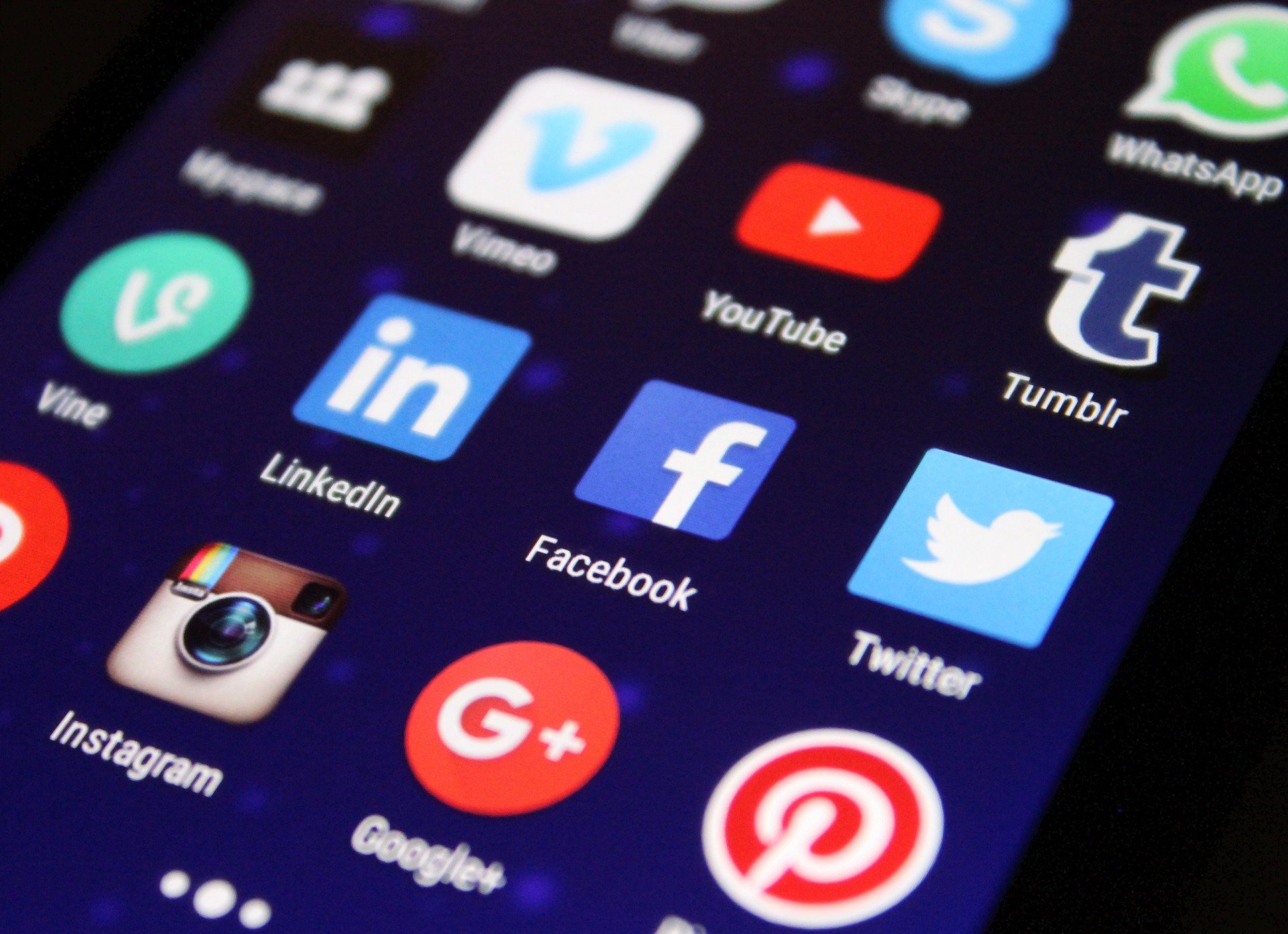There is an old saying in marketing that a campaign is 40% Data, 40% offer and 20% everything else. This is usually an excellent guide to stick to, but like everything in life, it’s not that simple. In this article, we will go through the steps to create an offline marketing campaign.

What do you want to achieve?
Set your goals. It is harder than you think. These goals need to be precise and attainable. If your campaign is going to be sent to 10,000 people and you want your company to attract 20,000 new customers. This is not going to happen. Your goals need to be SMART.
S: Specific – Don’t be too vague
M: Measurable – Give a number to it
A: Achievable – Don’t set yourself up to fail
R: Relevant – Is it worth your time and money achieving this goal?
T: Timely – Give yourself a time frame
Using the smart frame keeps you focused and ensures you have set in stone achievable, clear goals that you can measure. Print these goals out and put them in your eye line on your desk. Everything that you do within this campaign should help you achieve these goals.
Some good examples are:
Grow traffic to the website by 10% in six months.
Increase abandoned cart rates by 15% within one year.
The above examples are clear, concise and have a time scale allowing you to drive forward and achieve them.
Some bad goals are:
Get brand out there.
Get more sales.
These are awful goals as you can not measure them, have any time limits, and are too vague.
How am I going to reach these goals?
How? Is always the most critical question when it comes to planning a campaign. This question can be broken down into smaller, more manageable subsections such as channels, offers, data, CTA. Let’s tackle these, one by one.
Budgets
Set your budget early on in the planning stage. Having a budget will keep you on the right path and avoid disappointment later when you have planned for a massive direct mail campaign with all the bells and whistles and then realise you can’t afford it.

Channels
All campaigns should have multiple channels as omnichannel campaigns are 3X more successful. The goals you have given yourself will, to some extent, drive which channels you should use. If your goal was interaction with your customers, then social media channels are an effective way to speak to your customers in real-time. If you want to get more people to your website, then direct mail, social and email shots are great channels to use. It would be best if you tackled each channel slightly differently. Direct mail will give better advertising lifespans and superior conversion rates. But will have a higher upfront cost and is not as immediate. Social media is free and quick, but conversion rates are poor and building an audience can take time.

Data
Who are you going to target with your campaigns? New people, existing people? Which demographic? Young or old, male or female. Where do they live? We said at the start that data is 40% of your campaign. It is an essential part of your campaign. Ensuring your campaign get’s in front of the right people increases your chances of triggering a call to action drastically. Think long and hard about your ideal demographic. If you are buying new data, this will allow you to target potential customers more effectively. If you already have data ensure it’s clean.
We cannot stress this enough, especially in the offline world clean data is king! It can save you getting GDPR fines if there are unsubscribers still on your list. Clean data can save you thousands in postage too. We offer a data cleansing service for this reason. Find out more here. Purging your data of gone-aways, deceased, and unsubscribers can be the best thing you do in your campaign.

Offers
Now you have clean data, goals and budget, next is what are you prepared to offer to entice your prospects to trigger a call to action. Offers are usually money off, but they don’t have to be. Incentives can also have a great reaction. (depending on your demographic) Incentives such as try before you buy, cashback, buy one get one free and so on. If the product you are offering is quite expensive and is in a competitive market, then price match is a good option. We at PSE are currently running a free marketing evaluation offer which has four simple steps.
- 1st Step: Send us an example of your offline marketing materials and figures.
- 2nd Step: We will produce a report for you that will give you seven ideas on how to either save money, increase ROI or improve conversion rates.
- 3rd Step: We send you the report free of charge and no pressure. You use those ideas how you see fit.
- 4th Step: We hope to work with you. To deliver what we promised in the report.
Get in touch here if you want to take us up on our offer wink wink, nudge nudge.
The above is a great example that offers don’t have to be just money off. The offer is 40% of the offer, so it’s best to think about it and ensure it fits in with your product, services, brand and most importantly, the goals you set earlier.
Call To Action
Call to action or CTA’s should be simple and straight forward and are closely linked to the offer. People are inherently lazy and will not jump through hoops to claim the above offer and/or trigger the call to action. Most CTA’s are, go to this website. Doing this works, especially on direct mail or inserts campaign and there is nothing wrong with having this as your CTA. But depending on your goals, you may want to have different CTA’s such as subscribe, try for free, let’s get going etc. The call to action is part of the story you are telling with your offline marketing campaign and is usually the closing caption that will stick in the heads of your prospects.

Tracking
Tracking your campaign is a vital element of any campaign. The digital channels are easy to track. All social media platforms have some form of analytics you can draw from, and there is, of course, Google Analytics to see how well your website is doing. Your offline marketing campaign is also very trackable. Long gone are the days of sending and seeing what happens. There are many ways you can track an offline campaign. The simplest is to use specific landing pages and monitoring the traffic on these.
If your offer includes a code, you can track the use of these codes on your site. These are, however, quite broad. You can apply unique codes to each mailer or insert so you can track down to the individual level. PSE can also track data for you. We can cross-reference your results (during a specific time frame) and the mailing data and generate reports that are easy to understand GDPR compliant way. Regular tracking and reporting back is vital as this allows you to tweak your campaigns. See what is working and what is not every couple of months or so. Don’t forget your goals! Tweak the campaign to reach your goals, don’t tweak your goals to suit the results. PSE can also compare your sales data to the campaign data and produce an end of campaign report showing variables such as response rates, average cost per responder, ROI and so on.
Conclusion
There you have our breakdown of creating an offline marketing campaign. PSE are offline specialists, and we pride ourselves on the advice and support we give to our customers. Why not take the stress out of your campaign and let PSE do all the hard work for you. Get in touch today and see what we can do.
Like this post? Use the links below to share it. Thanks




